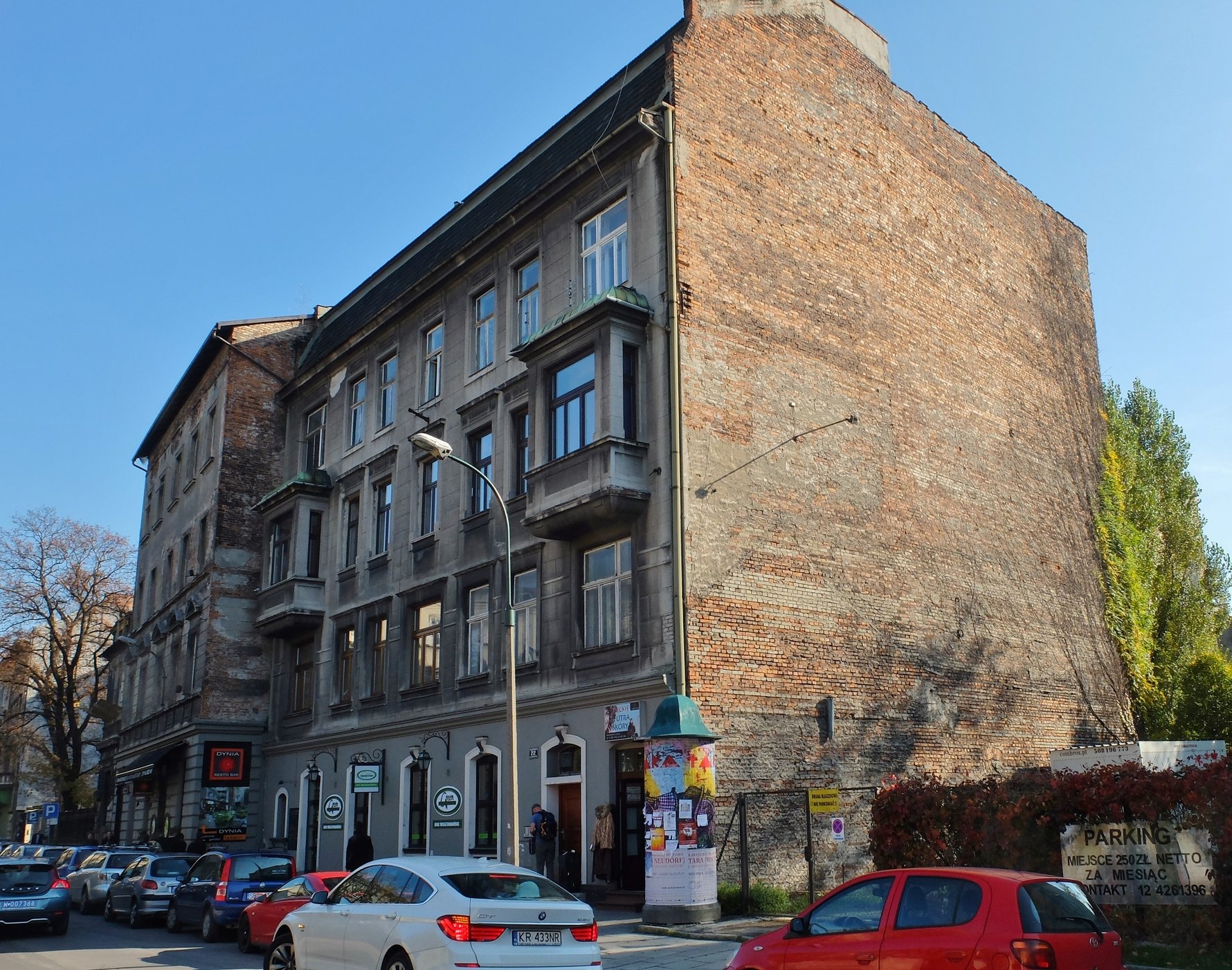
Notable buildings and residents
The street has a historical connotation with Kraków's literary and artisitic life, with many notable residents having taken up quarters here, including famous painters Jan Matejko at no. 3 (his children were born there), Henryk Rodakowski at no. 5, Jacek Malczewski at no. 8 and Leon Wyczółkowski at no. 21. The Polish Writers' Union was located at no. 22 from 1945-95, during which period literary luminaries such as Wisława Szymborska, Sławomir Mrożek, Tadeusz Różewicz and many others all lived upstairs at various times, making it become known as the 'House of 40 Bards.'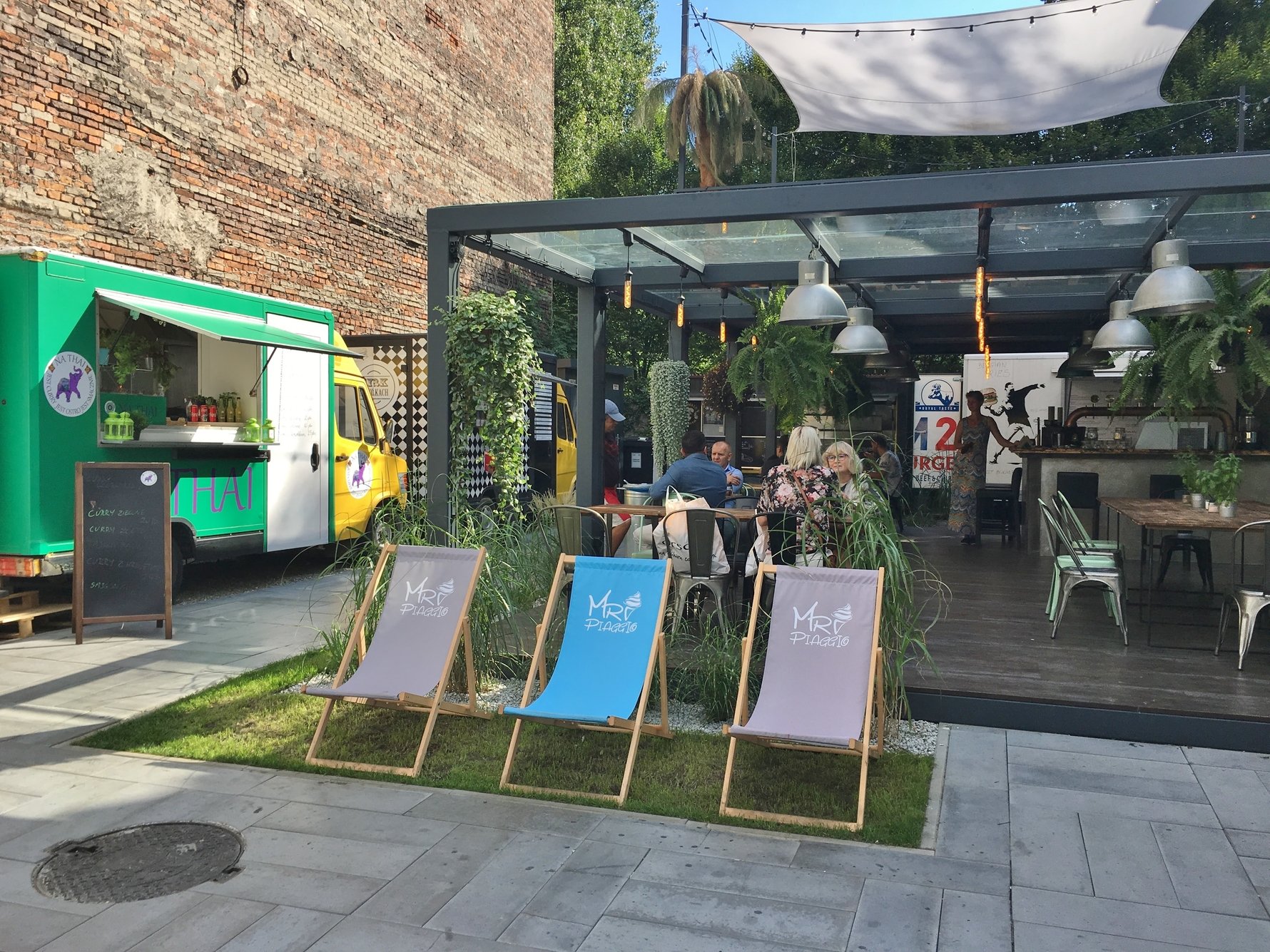
Celebrated painter and writer Stanisław Wyspiański was born at no. 26, and the house was then later owned by his contemporary Józef Mehoffer, who turned it into one of the city's leading literary salons during the Art Nouveau era; today the building can be visited as the Józef Mehoffer Museum, and there is a small food truck park next door.
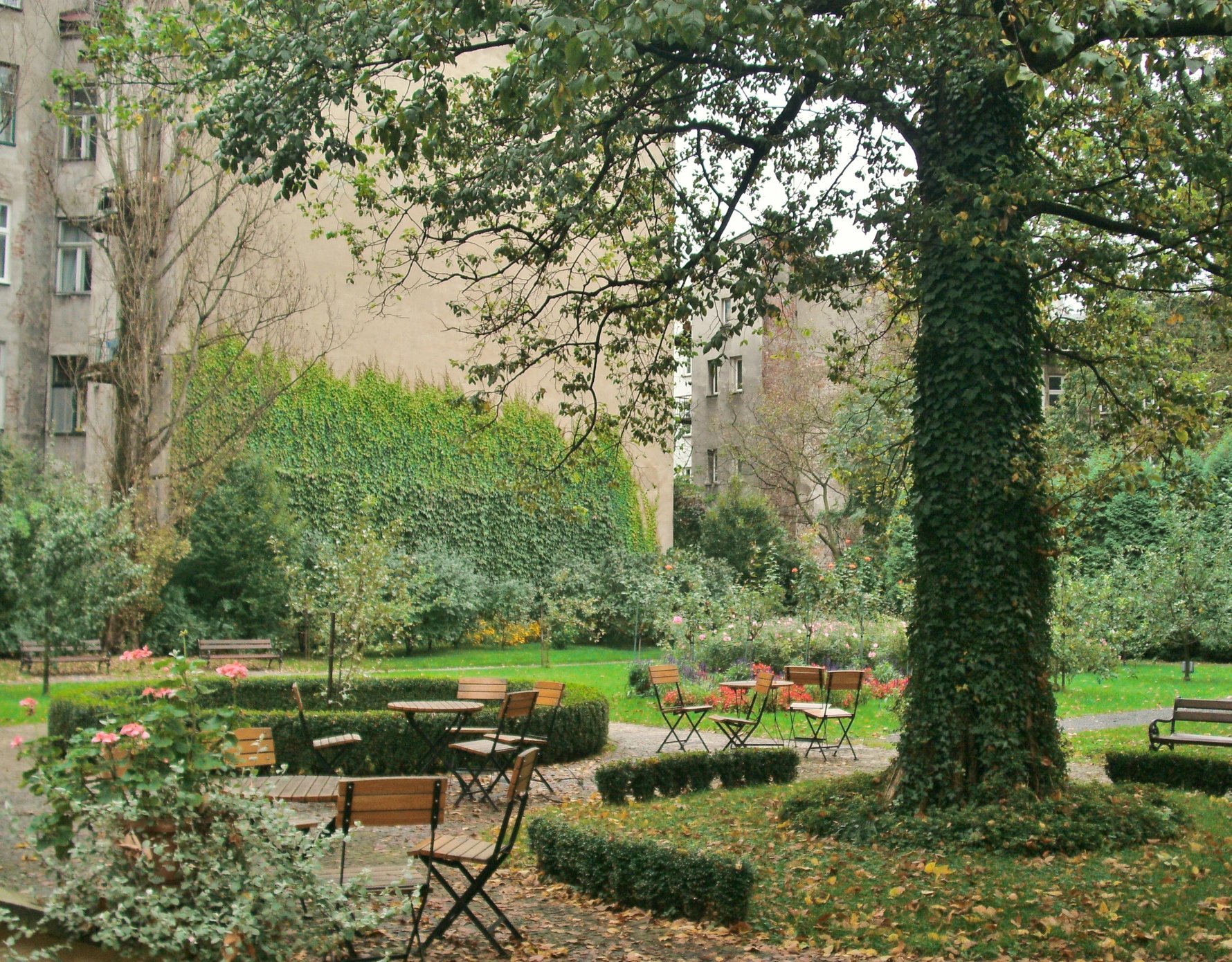
The Groteska Theatre can be found at ul. Skarbowa 2, next to Polish painter Wojciech Weiss' villa at no. 31, and Jagiellonian University's modern Auditorium Maximum performance hall at no. 33. Across the street one finds the small Paradox cinema at no. 38, while the Austrian consulate occupies the villa next door at no. 42.


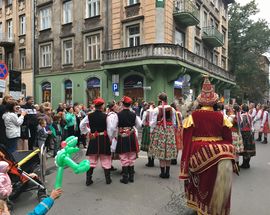

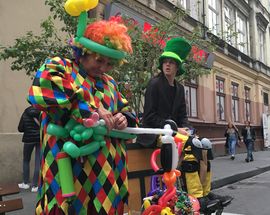

Comments